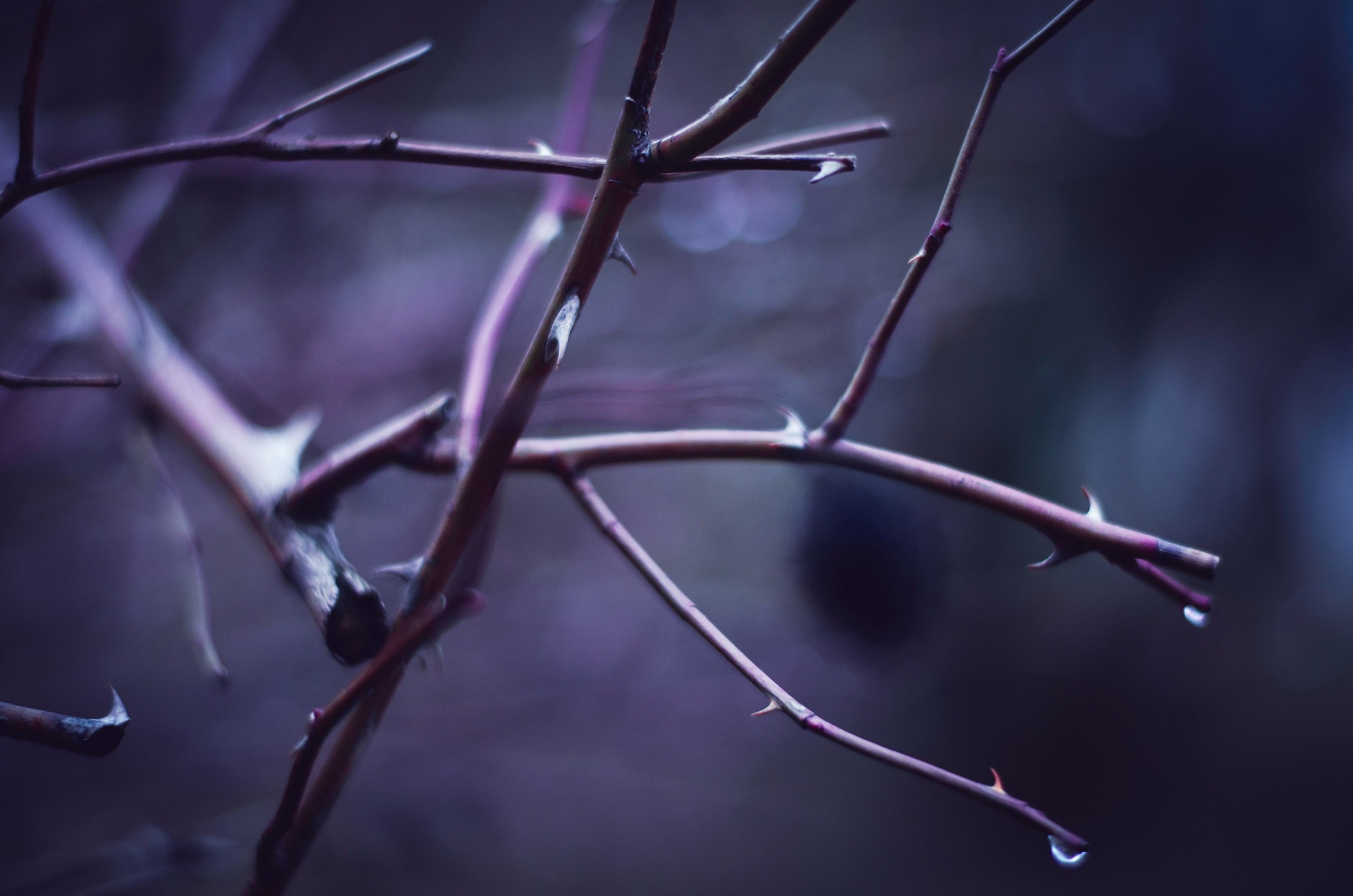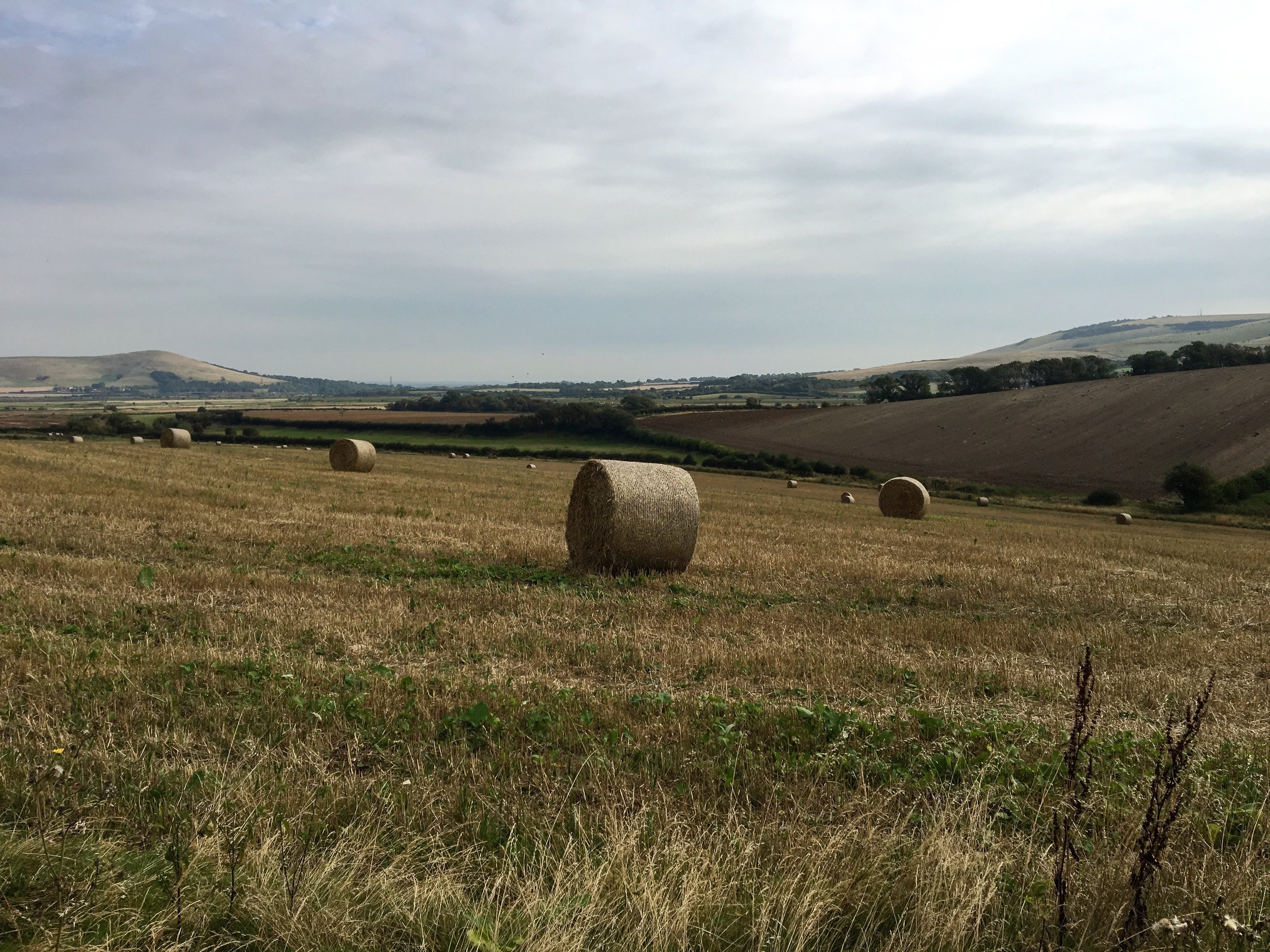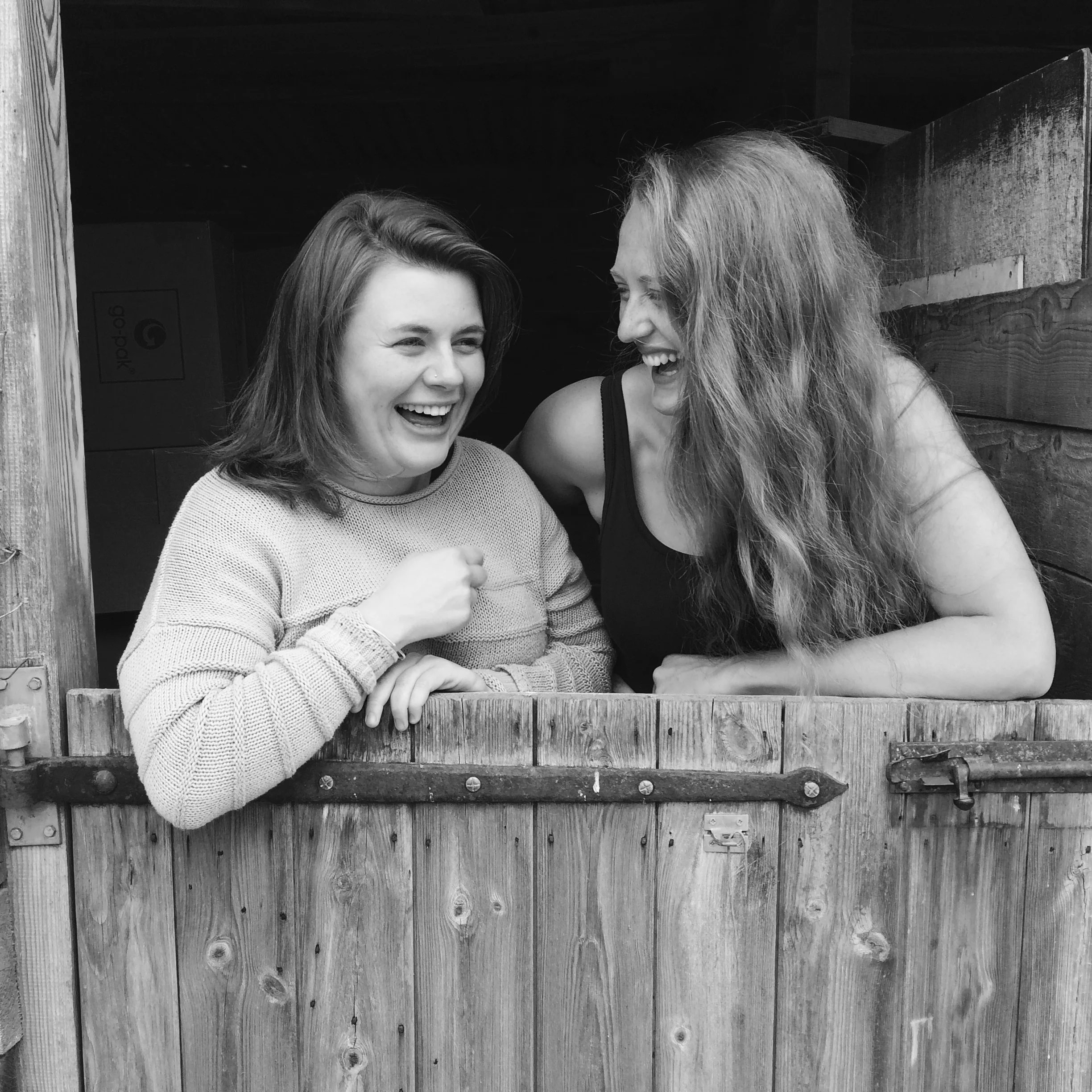My planner, desktop and wall calendar are all now telling me that summer is now all but over, at least from an academic point of view. With just a few days left before the advent of new classes and fresh starts, the thoughts of all teachers around the country are very much tinged with an autumnal hue as the prospect of the new term looms, but the weather outside my study window has decided, for the time being at least, that summer is not quite done yet.
The days retain many of their hours of sunlight and, with them, their heat, and, although I’m not usually a fan of such warm weather, it does offer one big advantage: the blackberries will be ripened nicely now, “cobwebbed and dusty as a Claret/laid down for years in a cellar”, to appropriate a beautifully apt simile from Owen Sheers.
When I was a boy, I recall blackberry season being such a highlight of the year. Unlike the “milk cans, pea tins, jam-pots” with which Seamus Heaney remembered collecting them, I recall hordes of people descending upon the dockland a couple of streets from my mother’s house, filling up supermarket carrier bags, plastic ice-cream tubs and even coat pockets with their bounty.
Often, a number of generations of same families would turn up together, from adults right down to toddling grandchildren, chatting about goings-on within their families, births, deaths and a whole array of other gossip as juicy as the fruit they were gathering. And of course, the same families would turn up year after year, standing shoulder-to-shoulder, picking and talking, picking and talking long into the summer evenings.
Of course, time and age have plucked their share, as have the consumerist leanings of modern society, gradually widening the gaps between those sets of shoulders until now, barely anyone turns up to pick the blackberries aside from the birds, and the majority of the fruit spoils and wastes for another year.
I am one of those faces that no longer harvests those fruits, mainly because I live a couple of miles further inland and now have my own blackberry-picking spot. Way up, on the high path of the hills behind my home, where few people ever bother to venture, a thick stand of blackberry bushes offers me more fruit than I could ever need , and every year I spend a little time gathering it for my fruit salads and occasional baking, though whenever I’ve been picking, I always feel that I come back home having found much more than a simple tubful of berries.
A habit worth forming is a habit worth passing on to your children, and so I began taking my daughter up to the slopes for these forays. She had her own little tub, a little pair of gardening gloves to protect her hands from thorns, and so she too became part of the late-summer ritual, looking forward to the event that it had become, developing that same annual “lust for picking” shared by countless millions through the years.
Time has now stolen this from me too. It was only a matter of time I suppose: having started secondary school last September, Elle is now far more interested in new friends and her new phone than in picking up old habits with her old man.
So here I am, climbing the slope alone this year, carrying only my tub and a tatty old pair of gardening gloves that I’ve been meaning to replace for more years than I can remember. Still, I reckon she’ll show a little more interest later when those familiar smells of blackberry and apple crumble start wafting from the oven and swilling around the house like the last dregs of summer’s fine wine.
















































